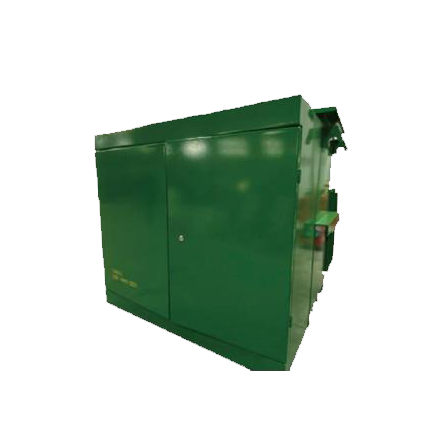In our quest for comfort and convenience, our homes often become repositories for a variety of substances, some of which can be surprisingly toxic. While we may think of hazardous materials as something found in industrial settings or laboratories, the reality is that many of the most toxic items can be found right within our own four walls. This article delves into the hidden dangers lurking in your home, helping you identify and mitigate risks to ensure a healthier living environment.
Understanding Household Toxicity
Before we dive into specific items, it’s essential to understand what makes a substance toxic. Toxicity refers to the degree to which a substance can harm humans or animals. Factors influencing toxicity include the chemical composition, the amount of exposure, and the route of entry into the body (inhalation, ingestion, or skin contact).
Common Household Toxicants
- Cleaning Products
Many cleaning agents contain harsh chemicals such as ammonia, bleach, and phthalates. These substances can cause respiratory issues, skin irritation, and even long-term health problems with prolonged exposure. For instance, mixing bleach with ammonia can produce toxic chloramine vapors, which can lead to serious respiratory distress. - Pesticides
While pesticides are designed to eliminate pests, they can also pose significant health risks to humans and pets. Common household pesticides often contain neurotoxic compounds that can lead to headaches, dizziness, and in severe cases, neurological damage. It’s crucial to follow safety guidelines when using these products and consider natural alternatives whenever possible. - Lead Paint
Homes built before 1978 are likely to contain lead-based paint, which can be a severe health hazard, especially for children. Lead exposure can result in developmental delays, learning difficulties, and various health issues. If you suspect lead paint in your home, it’s vital to consult professionals for safe removal. - Asbestos
Found in older homes, asbestos was commonly used in insulation, flooring, and roofing materials. When disturbed, asbestos fibers can become airborne and, when inhaled, lead to serious respiratory diseases, including mesothelioma. If your home contains asbestos, it’s essential to leave it undisturbed and consult a certified asbestos abatement professional. - Mold
Mold thrives in damp environments and can produce mycotoxins that are harmful to health. Exposure to mold can lead to respiratory issues, allergic reactions, and other health problems. Regularly checking for leaks and maintaining proper ventilation can help mitigate mold growth. - Air Fresheners and Scented Candles
While they may make your home smell pleasant, many air fresheners and scented candles contain volatile organic compounds (VOCs) that can contribute to indoor air pollution. Some of these compounds are linked to respiratory issues and other health problems. Opting for natural alternatives, such as essential oils or beeswax candles, can reduce exposure to these harmful substances.
Identifying the Most Toxic Item
While all the aforementioned items pose risks, many experts agree that cleaning products often rank among the most toxic substances found in the average household. Their widespread use, combined with the potential for harmful chemical reactions, makes them particularly concerning.
Mitigating Risks
To create a safer home environment, consider the following strategies:
- Read Labels: Always check the labels of cleaning products and pesticides for hazardous ingredients. Look for eco-friendly alternatives that are less toxic.
- Proper Ventilation: Ensure your home is well-ventilated, especially when using cleaning products or when there is potential for mold growth.
- Regular Maintenance: Conduct regular inspections for lead paint, asbestos, and mold, especially in older homes. Address any issues promptly.
- Natural Alternatives: Explore natural cleaning solutions, such as vinegar, baking soda, and lemon juice, which can effectively clean without the harmful side effects of traditional products.
Conclusion
Awareness is the first step toward a healthier home. By identifying and addressing the most toxic items in your household, you can significantly reduce health risks for yourself and your loved ones. Regularly educating yourself about household hazards and implementing preventive measures will pave the way for a safer, more enjoyable living environment. Remember, a little vigilance goes a long way in ensuring that your home remains a sanctuary rather than a source of toxicity.


